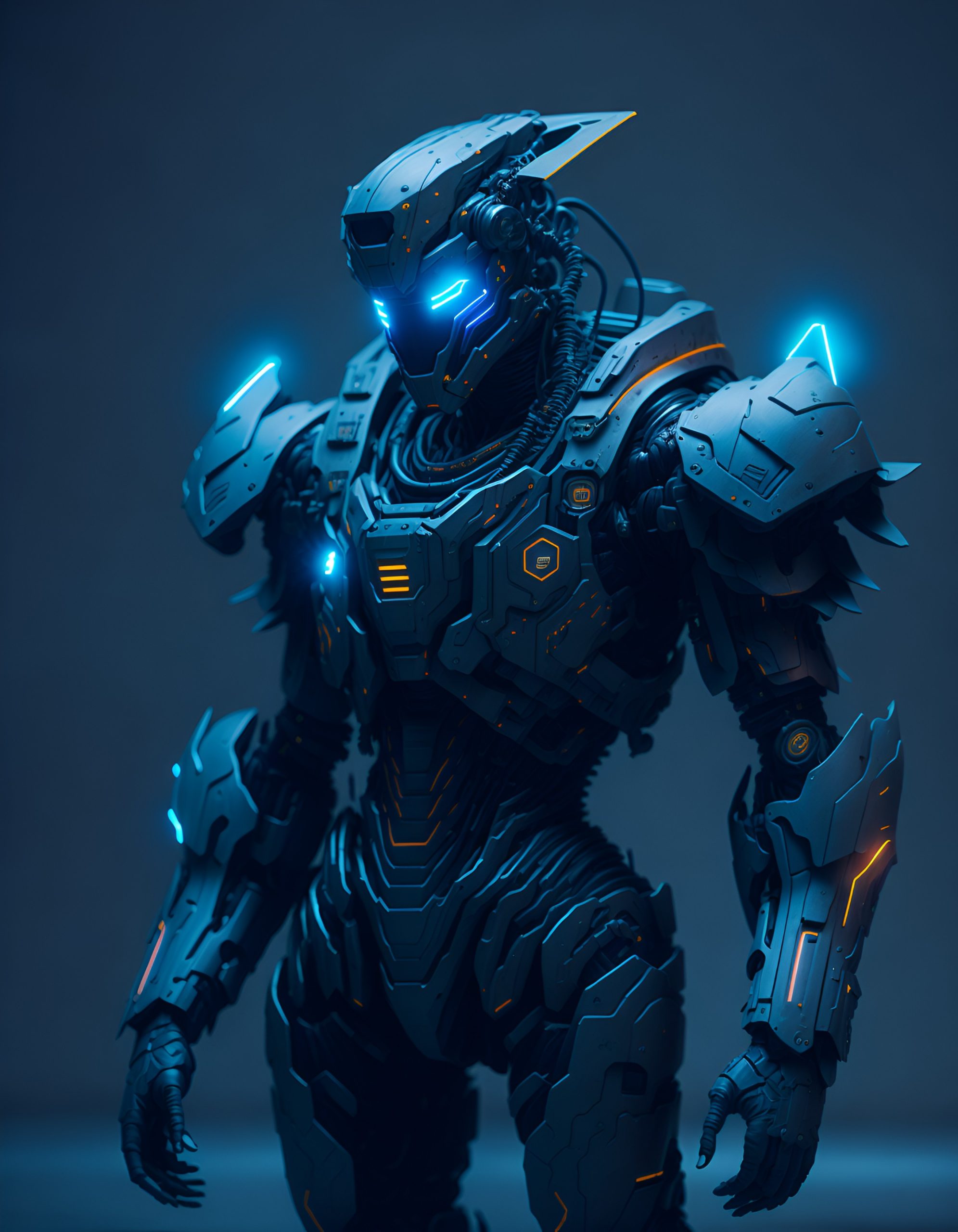Your basket is currently empty!

Unleashing the Power of Convolutional Neural Networks
Convolutional Neural Networks (CNNs) are a type of neural network architecture that have revolutionized the field of computer vision. They have achieved remarkable results in various image processing applications such as image classification, object detection, and segmentation. CNNs have become increasingly popular due to their ability to automatically learn features from images, which can then be used for a variety of tasks. In this blog post, we will dive deep into the world of CNNs and explore how they work.
CNN Architecture
CNNs are composed of three main types of layers: convolutional, pooling, and fully connected layers. The convolutional layers are responsible for learning feature maps from the input images. These layers apply a set of filters to the input image, which helps to identify patterns and features that are important for the task at hand. The pooling layers then downsample the feature maps to reduce the size of the data while retaining the most important information. Finally, the fully connected layers take the output of the convolutional and pooling layers and classify the image based on the learned features.
Training CNNs
The process of training a CNN involves feeding a set of labeled images into the network and adjusting the weights of the connections between the neurons in the network to minimize the error between the predicted and actual outputs. The most common method used to train CNNs is backpropagation, which involves calculating the gradient of the loss function with respect to each weight in the network and then updating the weights accordingly.
Applications of CNNs
CNNs have been applied in a variety of fields such as self-driving cars, medical diagnosis, and security systems. In self-driving cars, CNNs can be used to identify objects in the environment such as other cars, pedestrians, and traffic signs. In medical diagnosis, CNNs can be used to analyze medical images such as X-rays and MRI scans to identify diseases and abnormalities. In security systems, CNNs can be used for facial recognition and identifying suspicious behavior.
Challenges and Limitations
While CNNs have achieved impressive results in various tasks, they still face some challenges and limitations. One challenge is the need for large amounts of labeled data to train the network effectively. Another challenge is the computational complexity of the network, which can make it difficult to train and deploy on low-end devices. Additionally, CNNs are limited in their ability to understand context and reasoning, which can result in errors and misclassifications.
Conclusion
Convolutional Neural Networks have become an indispensable tool in the field of computer vision. They have proven to be effective in various image processing tasks and have the potential to revolutionize many fields. While they face challenges and limitations, researchers are continuously working to improve their performance and overcome these obstacles. With the continued advancement of technology, we can expect to see even more impressive applications of CNNs in the future.

Leave a Reply
You must be logged in to post a comment.